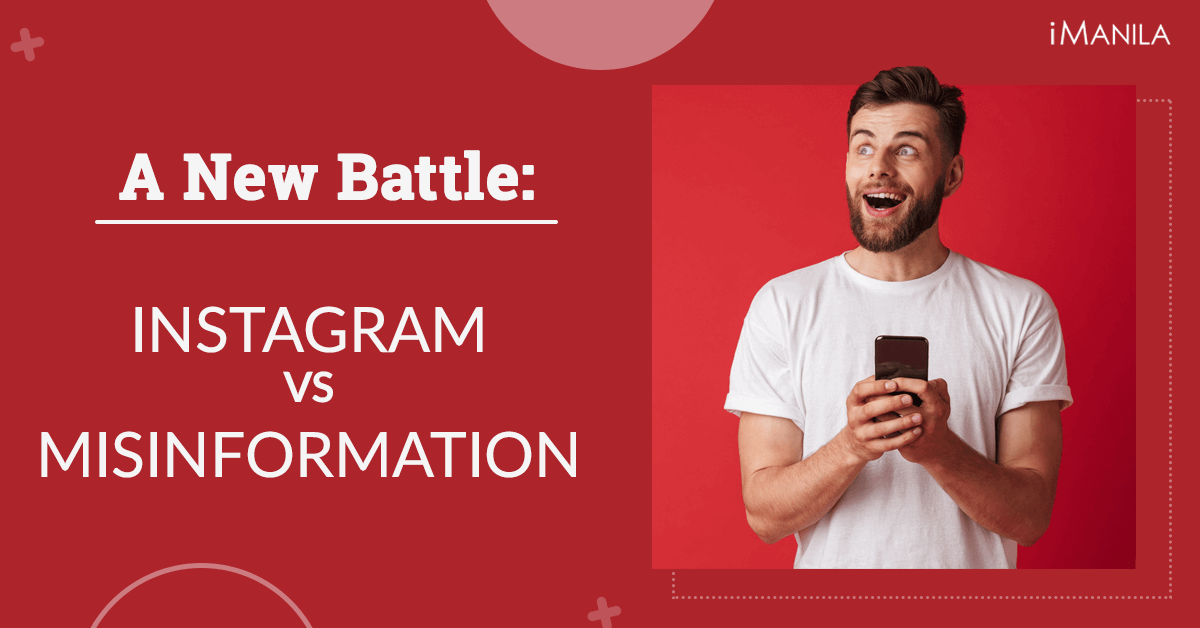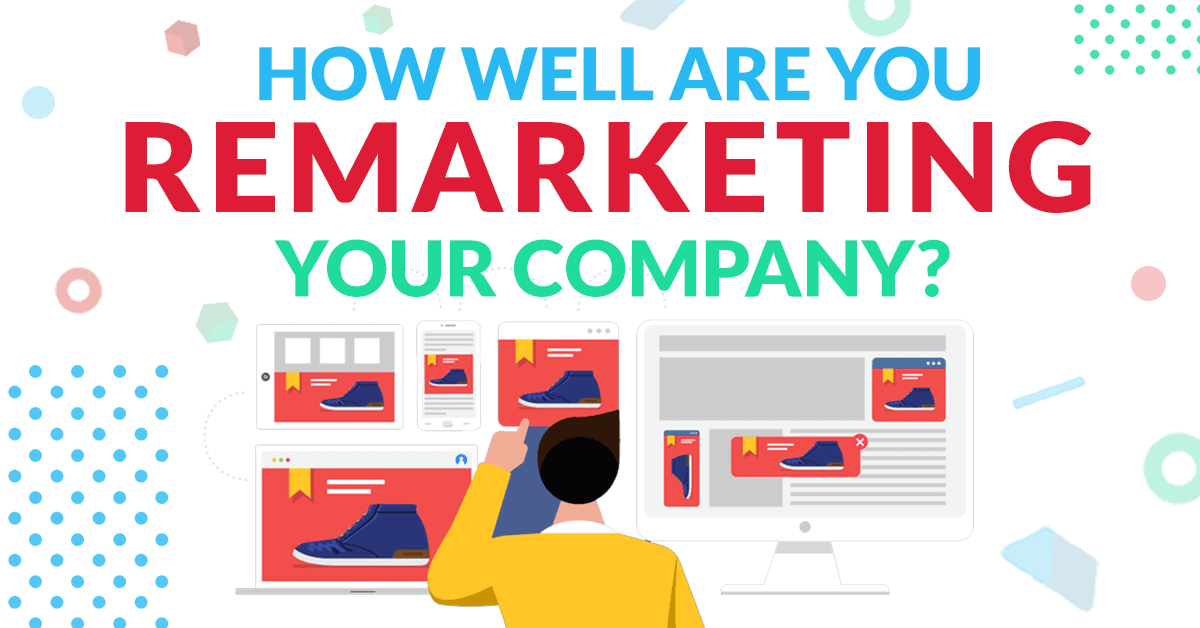5 Social Media Strategies for Branding
Did you know that social media has been around for over 41 years now? But it wasn’t until Facebook launched its app a little over a decade ago, when businesses realized that it is actually a great tool for marketing.
Social media bridges brands to the world. With almost 84% of today’s Internet users already on social media, it is no surprise how it came so easy for brands to build awareness and triple in revenue. On the onset of a business venture, what many experienced marketers and advertisers would suggest is to prioritize building your branding and later on your social media presence.
To consistently communicate your brand across all the marketing touchpoints is already a lot of work, let alone social media. As a marketer, you should make sure that you communicate the same messaging tone in your email marketing campaign as well as in your social media platform. But how do you speak the same tone across different platforms? And how will you easily capture someone who’s a stranger to your brand?
The answer is strategic branding.
Branding isn’t only about fonts, logos, texts, imagery, or colors. It’s an emotion that you want your audiences to feel about you. These are basically unspoken feelings that speak so much about you. If your branding is tacky or messy then people would assume that the product might be messy too. But if you communicate your brand with professionalism and sincere intent, your branding will communicate that for you.
What is branding?
What a normal person would think if asked about branding would probably be a brand’s logo, its images, and such famous brands such as Coca-Cola, McDonalds or Apple. Well, people are not exactly wrong about that because these brands have made past the parameters of branding and marketing.
Take it from Coca Cola. Did you know that 94% of the world’s population recognizes the brand? On top of that, it’s the second most understood word, next to “Okay”. That’s how powerful branding and marketing can be.
The goal of branding is to create a character for your brand – what it values, what it serves, and how it is beneficial to people. It is generally how you want your brand to be seen. Your brand may not exist forever, but consumer’s perception will.
Branding goals
Upon creating your social media strategy, you should think of your objectives and what other things you want to accomplish. These are some common goals you should take note of.
- Driving awareness and consideration
- Building brand loyalty and trust
- Generating leads
- Increasing sales
- Providing high-standard customer service
- Increasing the value of the brand
Common Social Media Strategies
Once you set up your goals, you should start strategizing your social media, set your target audiences, and start creating content fit for them.
The following are the top social media strategies that you may refer to in creating yours:
- Start with the basics
Color palettes, lines, shapes, texts, and imagery are your basics. Make sure that these basic requirements for branding swarm across your social media platforms.
You may play around your banner photo or video on Facebook or twitter, and make sure to make your logo as your profile picture on all your platforms. This is important to allow people to instantly recognize your brand even only by staring at your cover image or reading your bio.
One tip is to try to create a brand book which will serve as official documentation of your brand requirements as well as the correct usages and applications of your branding elements. It’s crucial that you create a brand book especially if you are working with an agency who manages your social media pages or website.
Once you’re done with the basics, you may now move on to the intermediate stages.
- Improve your visual branding
If your target markets are the Gen Z and the millennials, it’s apparent that you should extend your visual branding to a higher level. These groups of consumers are visual predators; they do not just settle for lackluster visuals.
While getting high-quality visuals for your imaging is a good move, being consistent in using images that reflect your brand is also a must.
Make sure that all the images that you use apply your brand colors or the type of graphics that you usually use. Doing so helps people to easily recognize your brand as the one using those unique styles.
For example, Apple is known for its monochromatic black, white and gray visuals. While Louis Vuitton is popularly known for its brown-leather canvas with quatrefoils and the LV monogram that is immediately recognizable. While of course, Coca-Cola is very famous for its Christmas polar bear commercials.
In short words, try to be unique and take time to shape your visual branding.
- Develop marketing personas
Vary your marketing personas in each platform so you can easily resonate your message to them. You may have already set your target audiences in the beginning, but still try to create different personas to capture all different markets. For example, your audiences on Twitter could be millennials aged 22-30 while on Instagram your audiences could be the professional types. This way, you can narrow your content ideas depending on the people who mostly engage to your social media pages.
- Establish your brand voice
This is pretty important especially that messaging is one great factor in a consumer purchase. Your voice should reflect the principles and attributes your brand is trying to build. For example, if your market is families or parents with kids then your brand voice should be tailored for them. Make your messaging more passionate and let it evoke a sense of concern for your target consumers.
On the other hand, if your target market is the youngsters or children, then make your brand voice fun and relatable. And if they are the elderly, then you may need to be straightforward, honest, and should sound practical and valuable.
These are only a few of the most important tactics in creating good branding for your social media campaigns and for your business. In this present time throughout the global pandemic, there are also different Social Media Strategies to consider. Whether your goal is to spread awareness or increase your sales, your branding should always reflect who you really are as a brand.
Having difficult on where to begin? With 25 years of experience in the industry, iManila is dedicated to creating innovative digital solutions through its range of services such as website development, hosting, and digital marketing. Let’s work together to help get you started in moving your business online! Inquire now and message us today.








